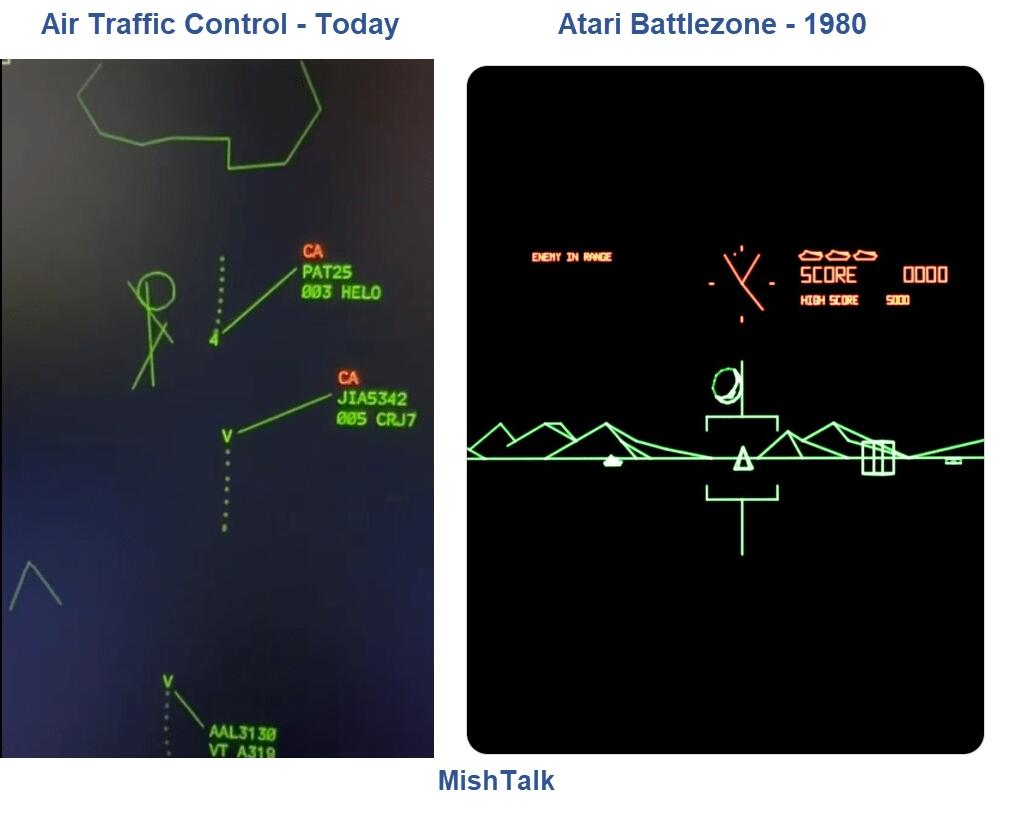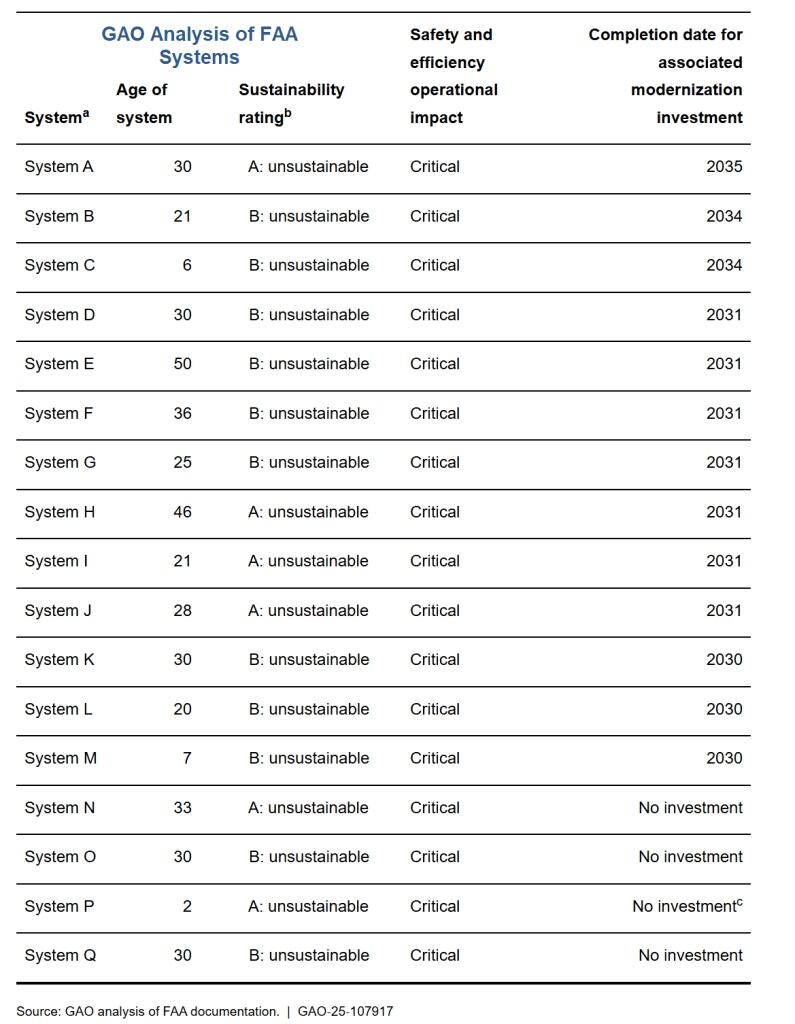It’s no accident that controllers still track planes with little slips of paper. Congress is making the FAA’s job all but impossible.
At least eight serious safety incidents have occurred at US airports so far this year, including a near-miss on Feb. 4 when a FedEx Corp. cargo jet flew within 100 feet of a Southwest Airlines Co. passenger flight outside Austin. A few days later, an Air Canada Rouge plane was cleared for takeoff at Sarasota Bradenton International Airport just as an American Airlines Group Inc. jet was given permission to land — on the same runway. The American crew “self-initiated” a go-around to avert catastrophe.
Under pressure from Congress, the FAA convened a hearing on the mishaps in March, then established an independent team to make recommendations. Such steps are missing the bigger picture: The government shouldn’t be operating the country’s air-traffic-control system.
Outdated technology has plagued the FAA for decades. Notoriously, US air-traffic controllers still use strips of paper to track planes in their vicinity. The agency
chronically struggles to hire technical staff. Its main system for preventing collisions between planes and ground traffic is decades old, short of spare parts, and prone to prolonged failures. An outage last year
almost led to tragedy when a truck ambled onto the runway at Connecticut’s Bradley International Airport and narrowly missed an incoming plane.
Similar problems have bedeviled the FAA’s emergency-alert system, called
Notam, first adopted in 1947. It’s meant to warn of potential hazards along a planned flight route. Yet its notices are composed in all-caps block text, employ arcane codes and abbreviations, and can be so riddled with irrelevant information that pilots overlook crucial alerts. On Jan. 11, the Notam system
failed entirely, leading to thousands of flight delays. A planned modernization may not be completed until sometime in the 2030s.













